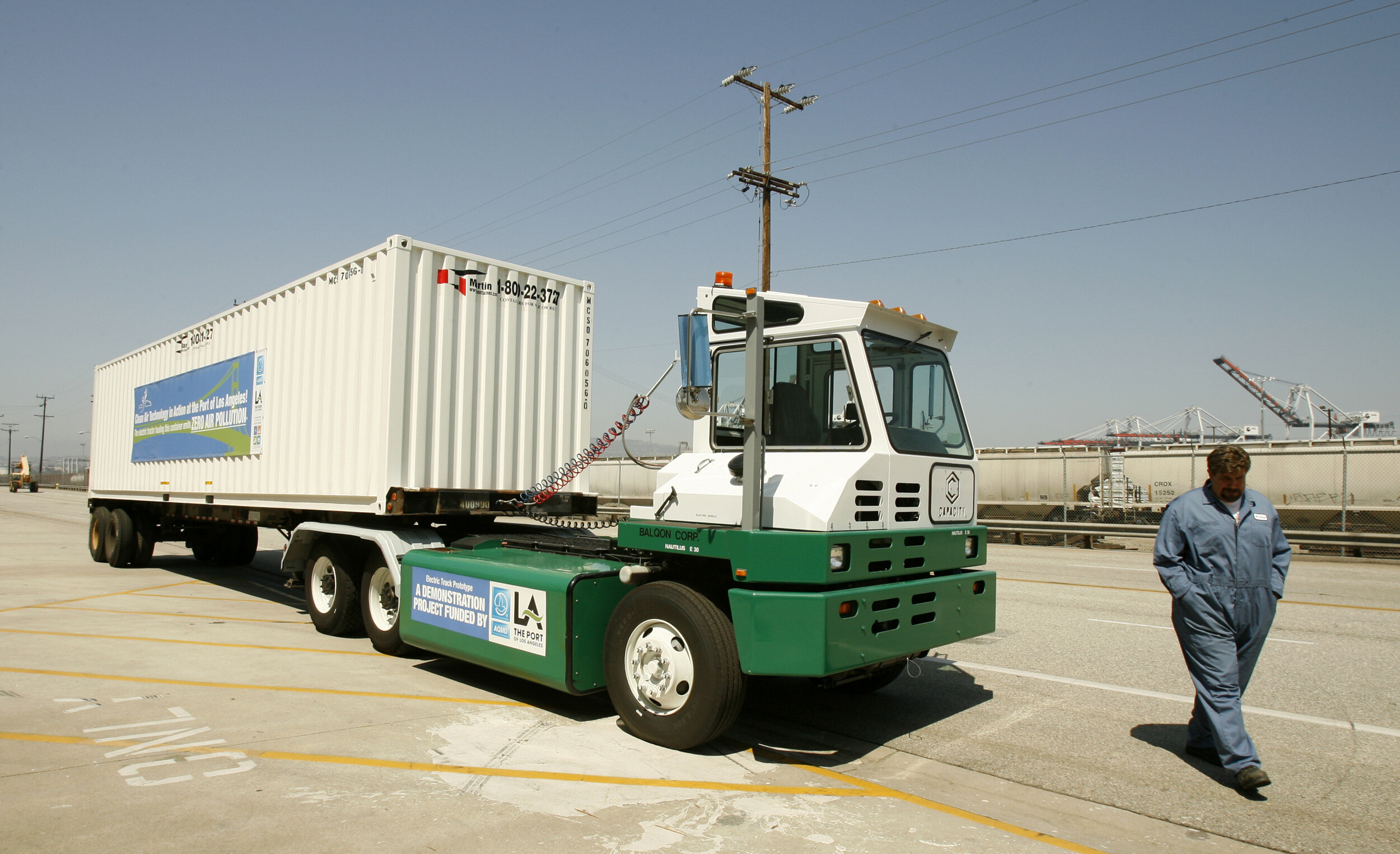7 key trends in corporate carbon pricing

Image: REUTERS/Wolfgang Rattay
When historians come to write the epitaph for 2016, two things will stand out. First, that it was the year that the levels of atmospheric carbon dioxide, which we have steadily been pumping out since the industrial revolution, stepped over a line that scientists say should never have been crossed.
The second feature of this year is a far more positive one: It is the year that global efforts to address climate change reached their own historic milestone. With the signing and rapid adoption of the landmark global climate deal, the governments of the world have agreed to turn the tide against the rising levels of emissions.
In doing so, they will be joining the waves of corporations already seeking to address climate change. One tool in their arsenal clearly stands out: the use of an internal price on their own carbon emissions. This is something that we at CDP, the global non-profit driving corporate disclosure on environmental issues, have been tracking for several years now, given investor demand for comprehensive climate disclosure.

In a world of tightening environmental regulation, investors want the assurance that companies are lowering their risk exposure to policies that place a price on carbon and are reallocating capital to deliver higher returns in a low-carbon economy. Our latest research, shows that seven key trends are now emerging in how companies are responding to carbon pricing signals within the global economy:
1. 23% more companies disclose the adoption of a price on carbon
1,249 companies disclosed through CDP this year their practice of pricing carbon emissions, or their plans to soon do so. This represents a 23% increase on 2015. Companies use this approach to prepare for a carbon-constrained future by building prudent buffers into their business models today. By attaching a monetary value to each unit of CO², companies internalize the cost of carbon, thereby enabling them to account for and manage carbon risk throughout their operations and supply chains.
2. A carbon price is being embedded deeper into business strategy compared to 2015
47 companies are taking this approach further, by embedding a carbon price deeper within business strategies and operations. They have identified it as a mechanism that can help systematically achieve emissions reductions and related targets. Companies report that an internal price helps by providing an incentive or added reason to reallocate resources toward low-carbon activities; as a factor in the business case for R&D investments; and as a way to reveal hidden risks and opportunities in a company’s operations and in its supply chains. Examples of companies who highlight one or more of these reasons are Anglo American Platinum, Arçelik A.S., Nissan Motor Co. Ltd and Saint-Gobain.
3. Companies using an internal carbon price are seeing tangible impacts
37 companies have disclosed a tangible impact as a result of internalizing a cost on carbon. They describe a variety of ways in which this tool has directly shifted investments towards energy efficiency measures, low-carbon initiatives, energy purchases, and the development of low-carbon product offerings. As a result of including a carbon price in new investment project proposals, French utility Engie, decided to no longer pursue new developments in coal – believing that a carbon price will steadily be established in the world’s various regions and that coal-fired power plants will be adversely affected in the future.

4. Large numbers of companies may be at risk
Over 500 companies operating in high-emitting sectors say they do not plan to use a price on carbon. Approximately 400 of these are headquartered in countries that are considering, are currently or have already implemented a price on carbon. The number of companies potentially at risk is likely to be even larger given the multinational nature of many of these companies and the wider sectoral coverage of some carbon taxes. As data around carbon exposure continues to improve, investors may question the risk-preparedness of these companies for climate regulations.
5. Corporate carbon pricing has increased noticeably in some regions
This year’s reported increase is prevalent in all regions. Notable increases were from companies headquartered in Brazil, China, India, Japan, Mexico, the Republic of Korea and the US Some of these countries have carbon pricing policies in operation or policy proposals under consideration. Others do not. It is too early to tell whether these increases come as a result of corporate reactions to the Paris Agreement, price signals from national polices, or are indicative of a new corporate norm.
6. Price levels vary by region
Only 30% of companies disclosed the price(s) they use, ranging from less than $1 to more than $800.
Typically, if clear regulatory carbon price signals exist, the bulk of disclosed corporate price levels will follow the policy price. For example, many companies in Canada and the Republic of Korea disclosed price levels consistent with the prevailing carbon price levels due to regulation. In contrast, corporate price levels varied significantly across European companies, which could be due to the variety of carbon pricing policies operating in the region. US companies also disclosed a big price range — and many signals that factored into price calculations, including the EU’s and California’s emissions trading systems and the US Environmental Protection Agency’s social cost of carbon.
7. Pricing practices vary by sector
Of all the companies that responded to CDP’s internal carbon pricing question, the utilities and energy sectors had the highest proportion of companies reporting that they currently price or plan to price carbon — 63% of utilities firms told us this, as did 52% of energy companies. This compares with 30-40% of disclosing companies in the financials, telecommunication services and materials sectors, and 19-25% in healthcare, consumer discretionary, information technology, consumer staples and industrials.
As we look to the future, the legal entry into force globally of the Paris Agreement will likely cause this tool to spread like wildfire. Article 6 of the deal, which lays out the provisions to facilitate cross-border transfers and highlights robust carbon accounting rules and measures to prevent double-counting of emissions reductions, provides the scaffolding that could help build an international carbon market in the future. As momentum grows however, efforts must be focused on how carbon prices need to develop – improve and strengthen – in the coming years in order to meet the ambitious goals established by the Paris Agreement.
Don't miss any update on this topic
Create a free account and access your personalized content collection with our latest publications and analyses.
License and Republishing
World Economic Forum articles may be republished in accordance with the Creative Commons Attribution-NonCommercial-NoDerivatives 4.0 International Public License, and in accordance with our Terms of Use.
The views expressed in this article are those of the author alone and not the World Economic Forum.
Stay up to date:
Future of the Environment
Related topics:
Forum Stories newsletter
Bringing you weekly curated insights and analysis on the global issues that matter.
More on Climate Action and Waste Reduction See all
Wee Kean Fong and Yvonne Zhou
November 19, 2025







